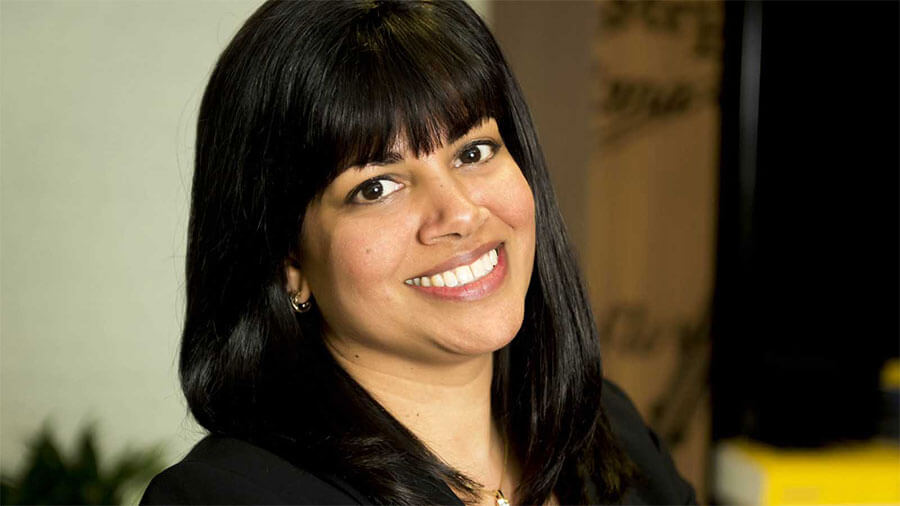From April 2016, the government is capping care costs after the age of 65. The cap will be £72,000.
Although the care cap is an attempt to limit the costs of care, many people could still end up paying much more than the £72,000 limit.
From April 2016, only people assessed to have high needs will be eligible to have their spending assessed under the care cap. Those with moderate needs will not be eligible.
The average cost of a care home place (in England) is £574 per week, or nearly £30,000 per year. However, £230 of the weekly cost is deemed to be for normal living costs, such as a room, heating and food. That works out at nearly £12,000 per year but there would be at least some of the same costs to live in your own home. The living costs element continues even when the care cap has been reached.
Even if a person’s care home place spending counts towards the care cap, this is only at the rate the council would pay for the place. Many care homes charge people who are paying for their own care more, sometimes twice as much, to cover the true cost of the care.
For example, if a person is charged £1,000 per week but the council’s rate would be £730, then the living costs of £230 need to be deducted from the £730, giving a figure of £500. Only £500 per week will count towards the care cap, so by the time the person reaches the £72,000 cap, they will have actually paid out £144,000.
The BBC’s online care calculator is a practical tool for anyone wanting further information but does not replace advice from a qualified legal or financial professional.
The contents of this article are intended for general information purposes only and shall not be deemed to be, or constitute legal advice. We cannot accept responsibility for any loss as a result of acts or omissions taken in respect of this article.

